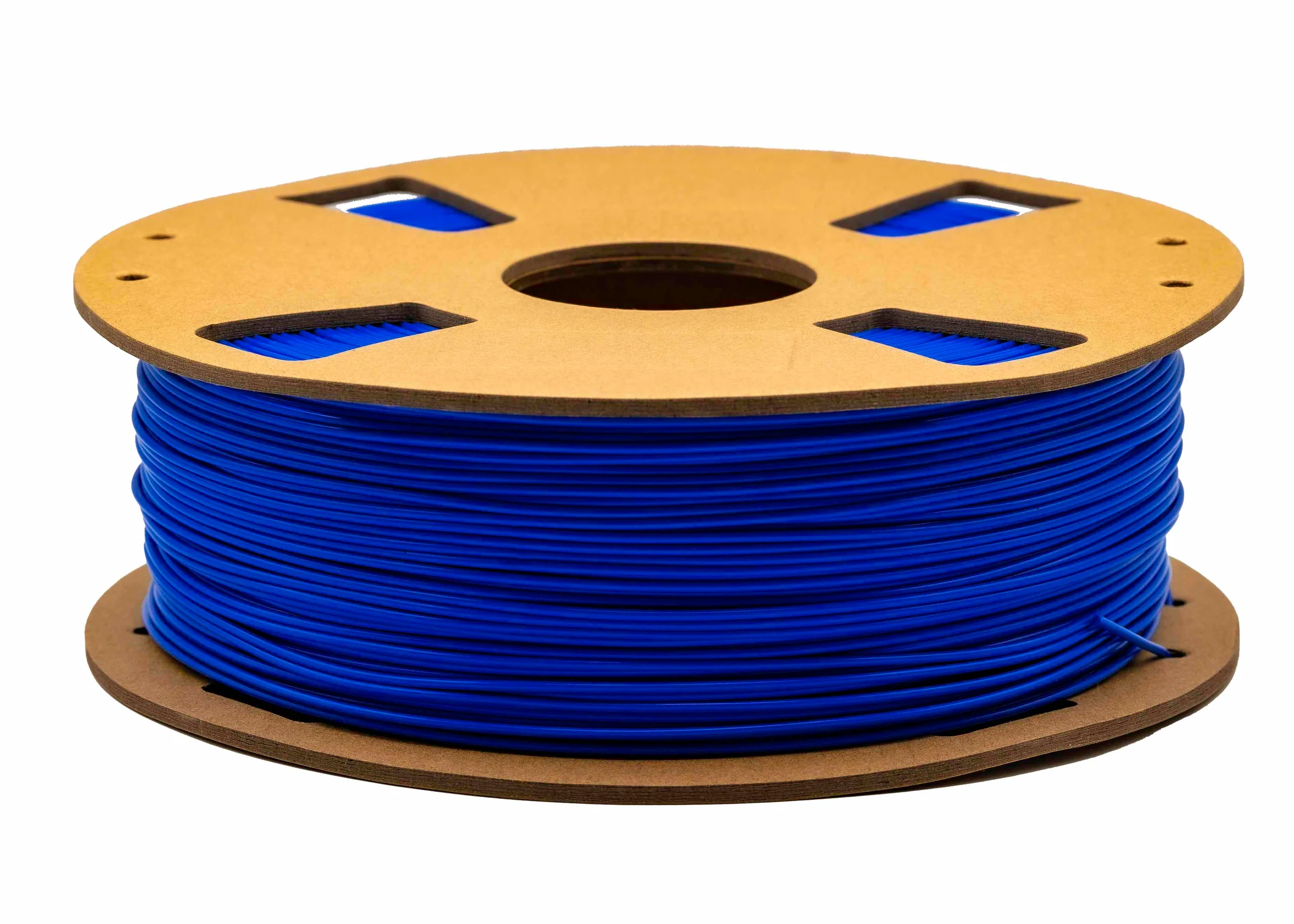ABC3D’s Everyday PLA series stands out with its exceptional printability, lower bulk crystallization, reduced stiffness, and a temperature resistance of less than 65°C. As a result, it boasts superior impact resistance compared to the Performance Series. Crafted as a more amorphous PLA material, it exhibits unparalleled forgiveness during the printing process. The best part is that you don’t need any modifications to your basic 3D printing setups to start using this incredible material. It’s designed to be the go-to choice for everyone, no matter where or on which machine you work.
Discover the limitless possibilities with ABC3D’s Everyday PLA Series – the ultimate solution for seamless 3D printing experiences in prototyping and Printing.
Applications:
- Prototyping
- Educational Projects
- Custom parts and Components
- STEM Education
- Architectural Models
- Hobbyist Projects
- Mechanical Parts Testing
- Dental Models
- Environmental Initiatives
- DIY Home repairs
Specifications:
Product Name: Basics PLA
Product Code: FIL-1026-00-10-1-
Diameter:
1.75 +/- 0.05mm
Weight: 1 kg
Length: 335 m
Density: 1.24 g/cc
Nozzle Size: ≥ 0.15 mm
Nozzle Temp: 190 – 230 °C
Bed Temp: 40 – 60 °C
Bed Prep: Hairspray, Glue Stick, Polyimide (Kapton) surface
Layer Height: ≥ 0.1 mm
Print Speed: 30 – 70 mm/sec
Fan speed: 50 – 100%
Material Specific Notes:
Airsoft/Cosplay/Outdoor: The Desert Sand, Dark (Army) Green, and Brown colors are great for making camo.

Annealing:
Matter3D’s Basics PLA series is not able to be annealed. This is a result of the lower crystallinity of the bulk polymer.
Common Issues:
The prints with the Metallic Line are stringy.
| Issue: | Solution: |
| The prints with the Matte Line are stringy | 1. Dry the material. The additives used to give PLA a matte-like finish are hygroscopic. Drying will eliminate 90% of stringing issues (Cardboard spools are glued together, take care when handling after drying as the glue may melt).
2. Reduce nozzle temperature. Typically materials with additives have lower melting and glass transition temperatures. Try reducing temperature by 10°C or print a temperature tower. 3. Increase Retraction. Increasing retraction ensures that the nozzle is cleared before hopping/moving to a different part of the print preventing the formation of strings. |
| The print is sagging or looks molten | 1. Increase cooling. The Matte line likes to have a lot of air moving over it as its being laid down by the printer. Increasing your fan speed will ensure the material is cooled quickly during printing. |
| Can’t get the first layer to stick | 1. When adding additives to a virgin polymer matrix the density of the host polymer is |





Reviews
There are no reviews yet.